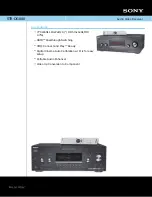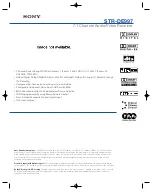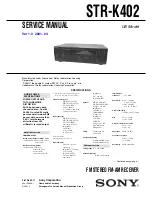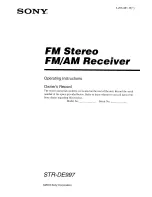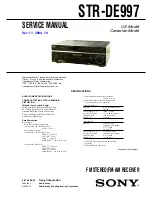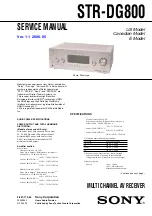
Figure 14: The optimal orientation of the transponder for good writing and reading results is
demonstrated here for an external UHF antenna
Mounting and aligning the device and external antennas
NOTICE
Avoid mutual interference when operating several devices
When the reading ranges of several independently operated devices overlap, this can
lead to mutual impairment of the system performance of the devices.
To avoid these situations, the devices offer the user the following options:
1
When using external antennas on a device:
When a device is operated with multiple antennas (externally connected antennas
or, in the case of RFU630-131xx, integrated antennas), only one of the antennas
at a time will communicate on the air interface.
2
Synchronizing several devices:
SyncMode enables several devices connected to the same Ethernet network to
synchronize their reading responses. SyncMode ensures that only one device at a
time is performing a read operation and therefore communicating over the air
interface.
SyncMode is available for all devices in the RFU6xx product family that have an
Ethernet interface.
RFU63x-131xx (with internal antenna) and RFU63x-041xx (without internal antenna):
1.
Prepare the base for mounting the bracket of the device,
Recommendation: Depending on the application it may be possible to use one of
the optional SICK brackets. If necessary, perhaps also in combination with other
SICK brackets.
2.
At the intended reading location, place an object with transponder within the work‐
ing range of the device or external antennas (static object only).
3.
Mount the device bracket onto the base.
4.
Tighten screws through the bracket into the blind tapped holes of the device and
slightly tighten.
5.
If necessary, mount the external antennas in the same manner.
6.
Orient the front side of the device or external antennas towards the object.
MOUNTING
5
8014335/ZTL9/2018-10-14 | SICK
O P E R A T I N G I N S T R U C T I O N S | RFU63x, RFU65x
37
Subject to change without notice






































